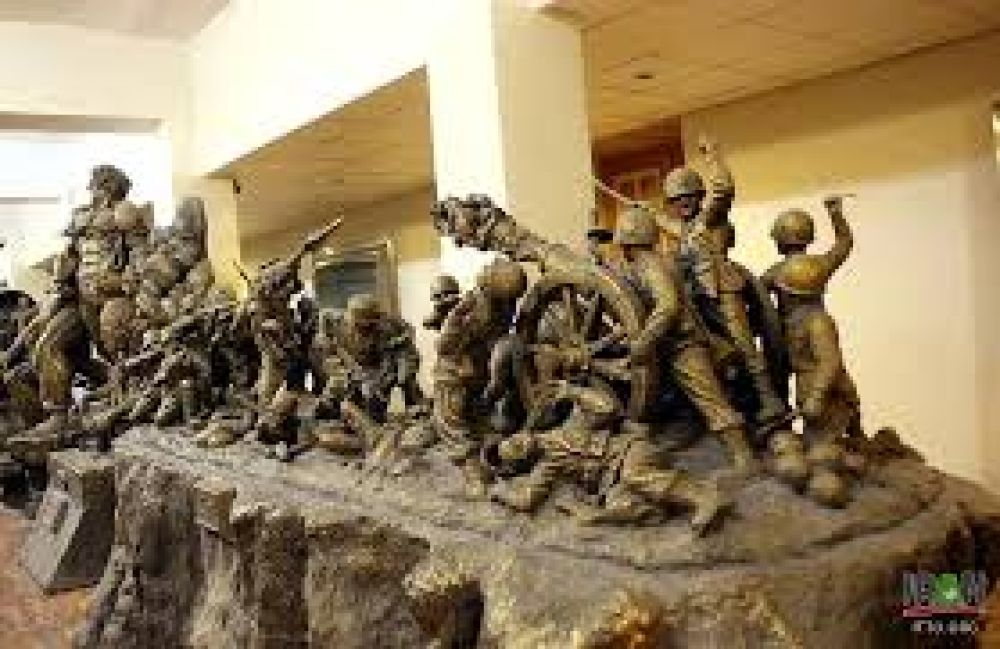

The Azerbaijan Museum, located in the heart of Tabriz, is one of the most important cultural institutions in Iran. The museum sits next to the iconic Blue Mosque and Khaqani Park, providing a journey through Iran's rich history and heritage. It was established in 1958 and has since been a custodian of the region's treasured past.
The foundation of the Azerbaijan Museum was a significant milestone in preserving the history of the region. It was the result of the dedicated efforts of scholars and intellectuals who recognized the need to protect and display cultural artifacts. The Museum's collection boasts over 2,500 items collected from across the Iranian Azerbaijan area, the number of which has grown over the years as excavations continued in the region.
Pre-Islamic and Islamic periods are two primary sections in the museum. The Pre-Islamic section showcases items dating back to the 5th millennium BCE, including pottery, bronze tools, and some remnants from the Iron Age. The Islamic period is represented by a rich collection of calligraphy, coins, and Islamic art post the 7th century CE.
Tabriz has been a nexus of cultural and economic exchange for centuries due to its strategic location on the Silk Road. This status has historically made it a focal point for tourists and traders alike. The city's reputation as a place of intellect and commerce meant that tourism was not a novel concept, even in ancient times.
Modern tourism in Tabriz started evolving in the 20th century as travel became more accessible. The Azerbaijan Museum, alongside the historic bazaar and grand mosque, has played a significant role in this development. With the rise of international travel in the late 20th and early 21st century, Tabriz, and thereby the museum, became a slot on the itineraries of tourists seeking a taste of the Middle East away from the beaten path.
Tourism in Tabriz is experiencing a renaissance of sorts in the digital age. Eco-tourism and cultural tourism are particularly on the rise, with visitors increasingly interested in authentic experiences. The city's natural beauty and historical sites are highlighted through interactive tours and social media, attracting a newer, more connected audience.
The government is also investing in infrastructure and tourism services, making the area more accessible to international visitors. A noteworthy trend has been the development of smart tourism, incorporating technology to enhance the tourist experience. The Azerbaijan Museum itself has benefited from this, with virtual tours and interactive exhibits becoming part of its educational offer.
For those planning to visit, the best time to travel is during the spring and early autumn when the weather is most agreeable. The museum is open year-round, and tours can be conducted in both Persian and English. With the recent rise of cultural tourism, the Azerbaijan Museum stands as a beacon for curious travelers looking to immerse themselves in the history of this storied region.
The surrounding city of Tabriz offers a myriad of attractions, from the ancient bazaar, a UNESCO World Heritage Site, to the elegant architecture of the Blue Mosque. Museums, parks, and nearby historical sites round out an experience rich in culture and history, firmly placing the Azerbaijan Museum and Tabriz on the map for discerning travelers.
In conclusion, the Azerbaijan Museum is not just a repository of artifacts, but a living testament to the cultural wealth of Tabriz and Iran, drawing tourists from across the globe seeking a deeper understanding of this ancient land.